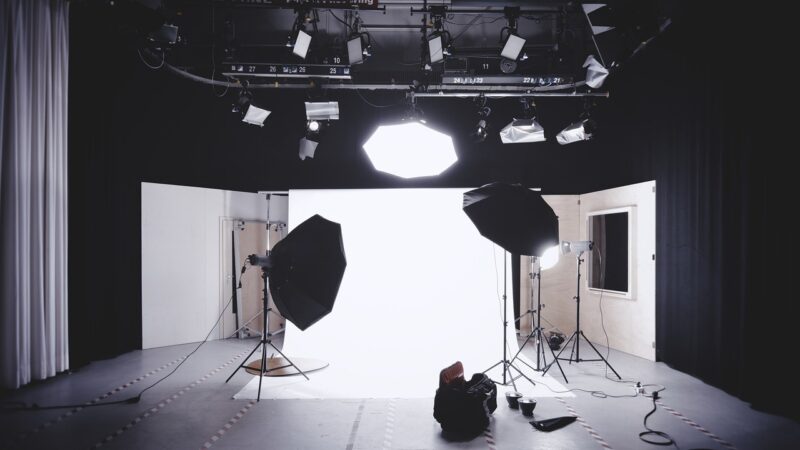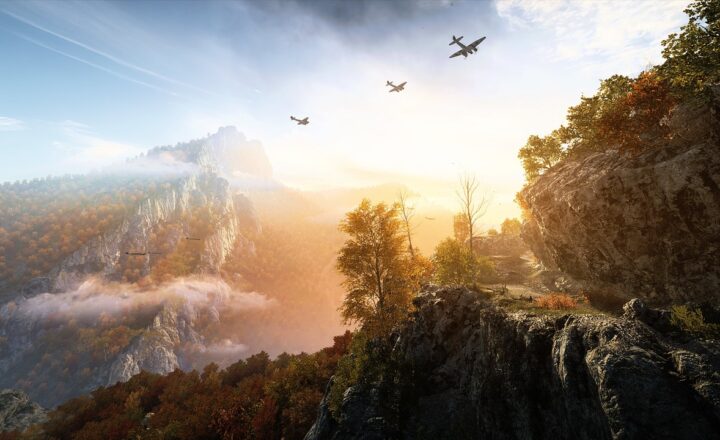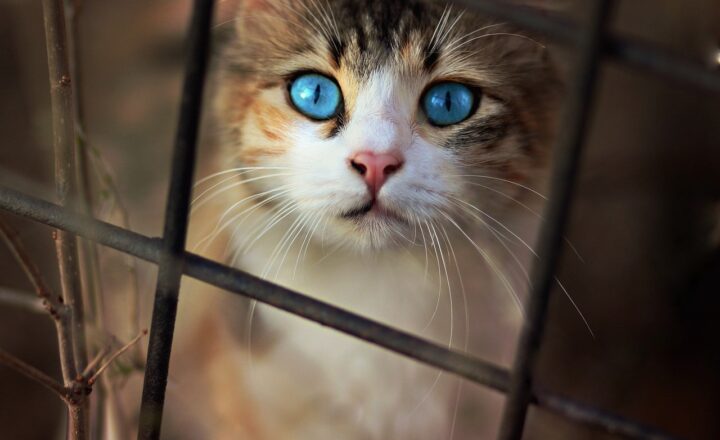Behind the Scenes of Cartoons: The Art and Science That Brings Characters to Life
November 18, 2024

Cartoons have been an integral part of our entertainment landscape for over a century, captivating audiences of all ages with their vibrant colors, imaginative characters, and often humorous narratives. But what goes on behind the scenes to create these beloved animations? In this article, we delve into the art and science that breathe life into cartoon characters, exploring various techniques, innovations, and the minds of the artists who make it happen.
1. The Evolution of Animation
The journey of animation began in the 19th century with simple moving images, but it has evolved into a sophisticated blend of art and technology.
– **The Magic Lantern**: The roots of animation trace back to the magic lantern, a device used to project images on a screen.
– **Silent Films and Early Animation**: The silent film era saw the rise of characters like Felix the Cat and Mickey Mouse, who became instant cultural icons.
– **Technological Innovations**: The introduction of sound, color, and later, CGI, drastically transformed the animation industry.
Modern animation now combines traditional hand-drawn techniques with advanced technology to create engaging stories that resonate with audiences worldwide.
2. The Artistic Elements of Cartoon Making
Creating a cartoon is no small feat; it requires an array of artistic skills and techniques:
– **Character Design**: A successful cartoon begins with a strong character design. Artists brainstorm attributes that represent the character’s personality, which translates into sketches and models.
– **Storyboarding**: This is akin to creating a blueprint for the cartoon. Storyboards outline each scene, helping artists visualize and lay out the progression of the story.
– **Background Design**: Set the stage! Background artists develop the environments where the characters live and interact. These backgrounds are often painted with meticulous detail to enhance the storytelling.
– **Animation Techniques**: Animators decide on the animation method—traditional hand-drawn, stop-motion, or computer-generated animation (CGI). Each method has unique processes and tools.
These artistic elements come together to create the visual style of the cartoon, captivating viewers with their imaginative aesthetics.
3. The Science of Animation
Animation may appear whimsical, but it heavily relies on scientific principles:
– **Animation Principles**: These foundational principles, developed by Disney animators in the 1930s, include squash and stretch, anticipation, and timing. They help create fluid movement and enhance the believability of characters.
– **Physics in Animation**: Understanding physics is essential for animators. They must grasp gravity, motion, and elasticity to create realistic movements. For instance, how a ball bounces or how a character runs is influenced by these physical rules.
– **Software Engineering**: In the realm of CGI, technology plays a crucial role. Advanced software enables animators to create complex scenes, simulate physics, and manage lifelike motions. Programs like Maya, Blender, and Autodesk are central to creating 3D animations.
The intersection of creativity and scientific principles leads to the creation of animations that enthrall audiences and seem genuinely lifelike.
4. Voice Acting and Sound Design
An often-overlooked aspect of cartoon creation is the auditory elements:
– **Voice Acting**: Voice actors bring characters to life with their vocal talents, portraying emotions, personality, and intent through their voices. Iconic characters often have unforgettable voices that become synonymous with them.
– **Sound Effects**: Sound effects enhance the visual experience and usually involve Foley artists who create everyday sounds. Rain, footsteps, or the whimsical noises of imaginary creatures generate a blend of audio that complements the animation.
– **Music Score**: Music adds emotion and depth to scenes. A well-crafted music score can elevate a storyboard to new heights, highlighting moments of joy, tension, or drama.
Together, voice acting, sound effects, and music create a sonic landscape that enhances the storytelling experience.
5. The Team Behind the Magic
Creating a cartoon is a team effort, involving numerous talented individuals:
– **Directors and Producers**: Directing is about envisioning the entire project, ensuring that all moving parts align with the overall story. Producers oversee the project’s budget and manage schedules.
– **Animators**: Both 2D and 3D animators translate ideas into animated sequences, requiring excellent drawing skills and a good understanding of motion.
– **Background Artists**: They are responsible for the captivating settings that characters inhabit. Backgrounds can be painted, drawn, or created digitally, adding depth to the animated world.
– **Editors and Compositors**: After creating all the elements, editors piece together the story, ensuring flow and coherence. Compositors add final touches to blend all layers of animation and visual effects, delivering the final product.
This collaborative effort showcases the diversity of skills required to transform a script into a compelling animated story.
6. Challenges and Innovations in Animation
The animation industry faces challenges that require continuous innovation:
– **Keeping Up with Technology**: As technology progresses, animators must adapt to new tools and software while maintaining creativity.
– **Market Competition**: With numerous platforms for distribution, studios face pressure to produce high-quality content that stands out amidst a sea of competition.
– **Cultural Sensitivity**: Creators must consider varied audience sensibilities, ensuring characters and stories are inclusive and respectful of all cultures.
To overcome these challenges, studios invest in research and development, frequently exploring new narratives and animation styles to push the boundaries of creativity.
Conclusion
Behind every beloved cartoon lies a combination of art, science, technology, and passion that brings characters to life. From character design to voice acting, each aspect plays a vital role in crafting unforgettable stories. As technology continues to evolve, the future of animation remains bright, filled with opportunities for creativity and innovation. So, the next time you enjoy a cartoon, take a moment to appreciate the extraordinary teamwork and dedication that goes into creating those enchanting moments on screen. The magic of animation is indeed a beautiful dance between art and science, captivating minds and hearts across generations.







